
Lighting is a fundamental part of staging a successful event but is often overlooked. Proper lighting creates ambiance and helps to build an immersive visual experience that will enhance any presentation or event.
When set up properly, lighting directs the audience’s attention and ensures the right message is relayed. When deciding on lighting for events It’s important to understand your options and to choose the most appropriate types of lighting for the type of event you are holding.
Below are a few tips to guide you through achieving proper lighting.
Make a Plan
Identify which parts of the venue is most important – those are your key lighting points and where the most important action is taking place. You also should visit the venue in advance to understand what power is available and what the venue will allow in terms of use of walls or ceilings. Often times venues will have their own basic lighting systems so knowing in advance what is available will help you understand what additional lighting is needed.
There are other considerations beyond just lighting the stage or presenters. For instance, will the audience be passively watching or will they be taking notes? Is there exhibition space in addition to the main stage? Colored lights can be used to designate areas and make it easier to identify and direct attendees to specific locations within the venue.
Types of Lighting
There are many different types of lighting available to choose from. Below is a description of the different types of lights and what their applications usually are.
Spotlights
Spotlights are generally used to light the stage or presenter. They are used to direct audience focus on the main action taking place and helps to captivate and keep them engaged.
Color Washes
Color washes add atmosphere and can turn a bland space into a more exciting and engaging environment. Colors can be coordinated with your theme colors. Color washes can also be utilized to create different color zones to help organize your space and easily direct attendees to specific regions.
Uplighting
Uplights are lights that shine up from the floor or stage level. They create additional mood and help transform large spaces with poor lighting into inviting and exciting environments. Often time a large venue will have poor perimeter lighting so the use of uplights can remedy the situation and also add a dramatic feel.
Effect Lighting – Gobos
A gobo is basically a beam of light projected through a stencil design. They can project any design or pattern, including company logos, on ceilings or walls. In addition to adding atmosphere to your venue they can also help reinforce your brand. Gobos are very flexible and can be used in for many types of events from weddings or galas to corporate conventions.
LED Lights
LED lights are more efficient and use 10 times less energy. They last longer and are cheaper to replace than tungsten.
New LED equipment has allowed many more options than available just 10 years ago. With RGBW LED chips (RGB stands for red, green, blue and white light LEDS) you can create virtually any color giving you the power of the rainbow to work with.
Moving Heads
Moving head fixtures use digitally controlled motors that enable all sorts of light movement and can make your event look more professional – even at lower budgets.
When Cost is a Concern
Less is more. Using string lights & candles on tables to transform spaces & create an intimate “bistro feel.” Draped string lights can create an appealing glow when dimmed and strands come in 100’ lengths. This practical approach is cost effective and some of the most beautiful events can be created using lamps & chandeliers saving the more expensive theatrical lighting for the stage.
Another way to save is to seek out a venue that has built-in lighting infrastructure. This will save money by eliminating the need to build rigging and ground support structures to support lighting fixtures.
Conclusion
Good event lighting can designed around any budget. Having a reliable source for equipment and expertise can make the difference between frantic last minute scrambling and running a successful professional event that reflects well on your organization. Think about your goals and share that with the venue. Getting advice from the professionals at Taylor Productions will help you plan an appropriate lighting scheme.
Let Taylor Productions be your trusted source for lighting equipment rentals and expertise and turn your event into a captivating and exciting experience for your attendees/audience.
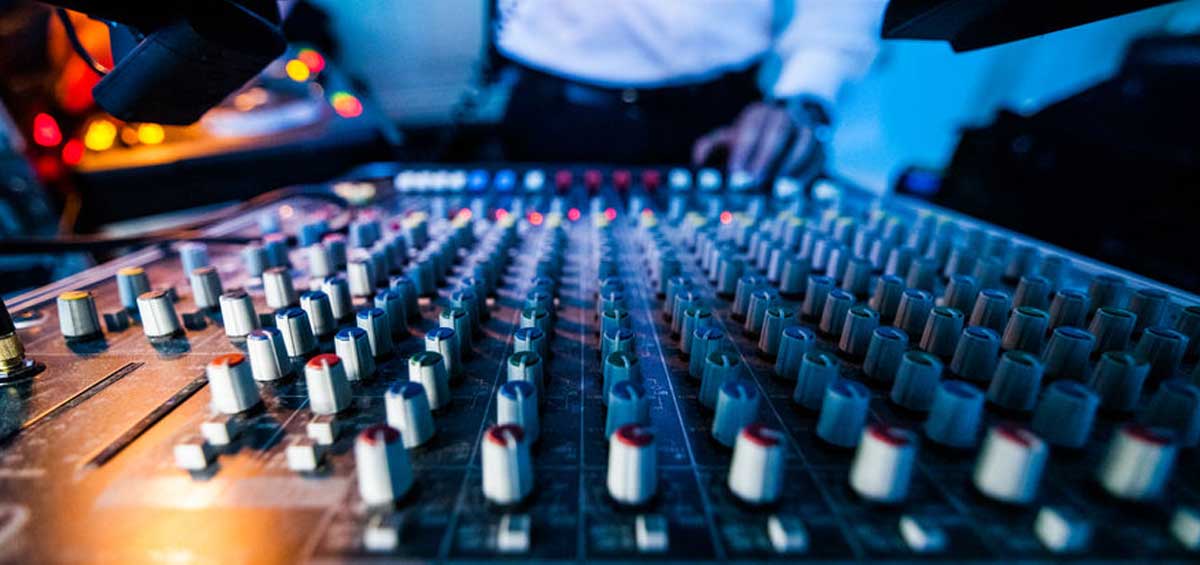 Sound Engineers put the finishing touch on a performance
Sound Engineers put the finishing touch on a performance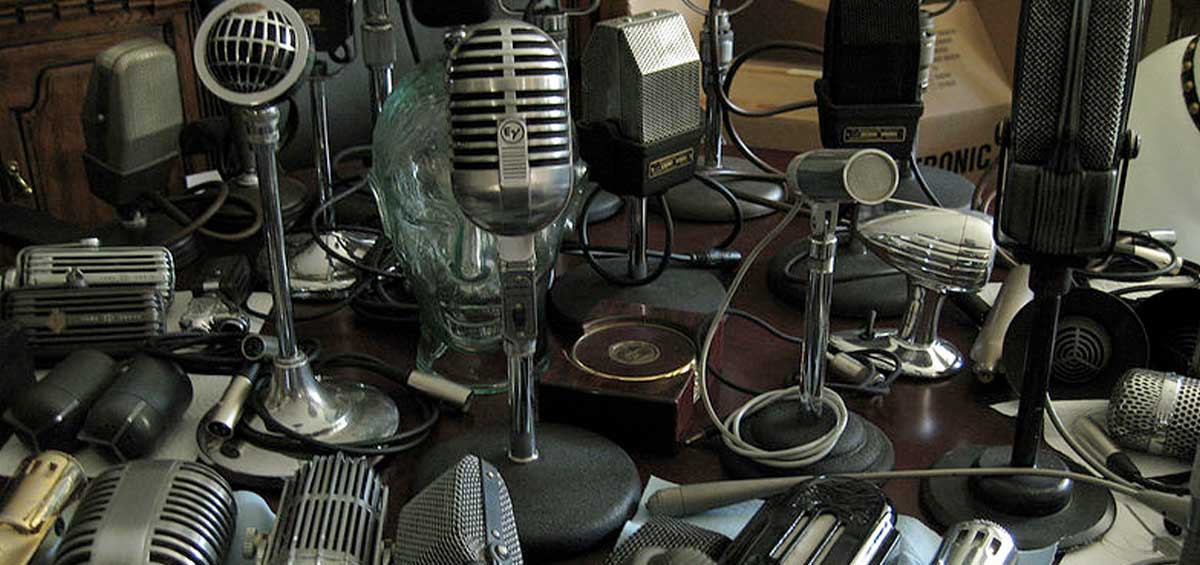 Capture the sound of your voice, especially the subtleties
Capture the sound of your voice, especially the subtleties Having a reliable audio system, staging and backline gear for waterside concerts, festivals, and parties comes with special concerns when the elements threaten to get involved. Outdoor festivals and events around Lower Manhattan and New Jersey may be subjected to unpredictable rain, hail, and high winds that could be disastrous to your equipment. Outdoors shows exposed to the weather are not a big deal if you are prepared. The threat of inclement weather paired with a unique venue may require you to put just as much energy into protecting your sound gear as you did in staging it.
Having a reliable audio system, staging and backline gear for waterside concerts, festivals, and parties comes with special concerns when the elements threaten to get involved. Outdoor festivals and events around Lower Manhattan and New Jersey may be subjected to unpredictable rain, hail, and high winds that could be disastrous to your equipment. Outdoors shows exposed to the weather are not a big deal if you are prepared. The threat of inclement weather paired with a unique venue may require you to put just as much energy into protecting your sound gear as you did in staging it.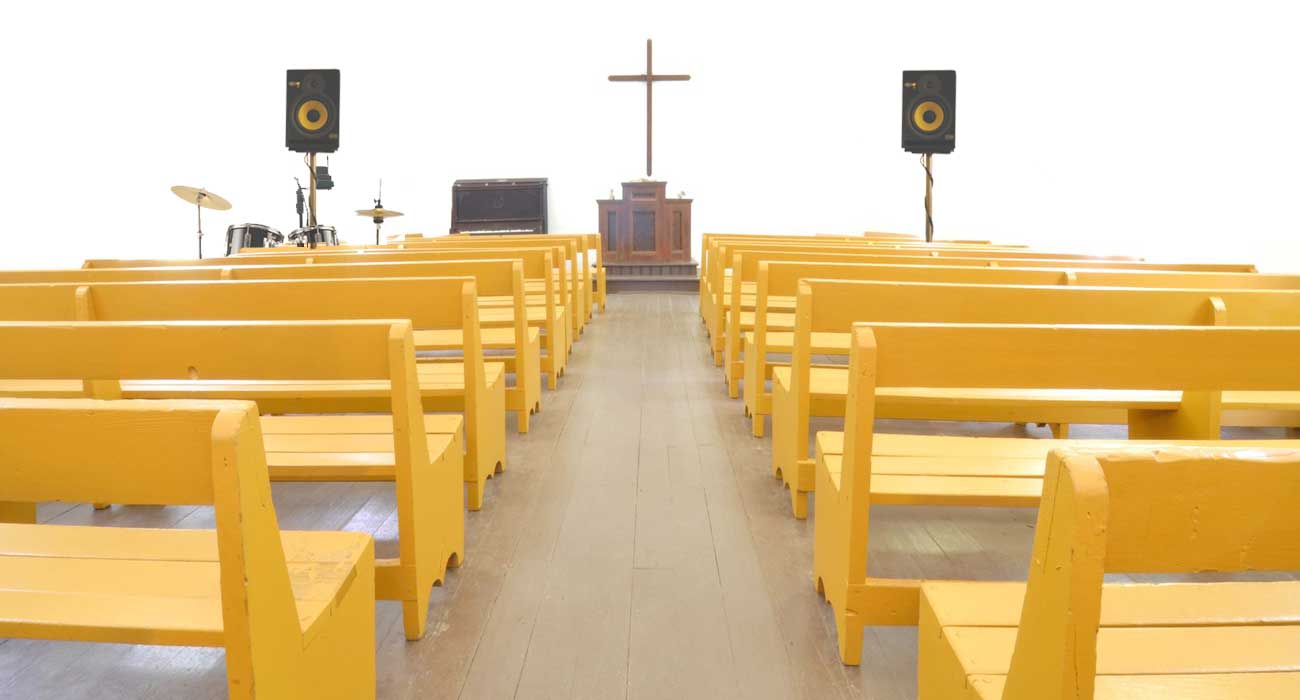 Capture the imagination of listeners and make sure the message is heard
Capture the imagination of listeners and make sure the message is heard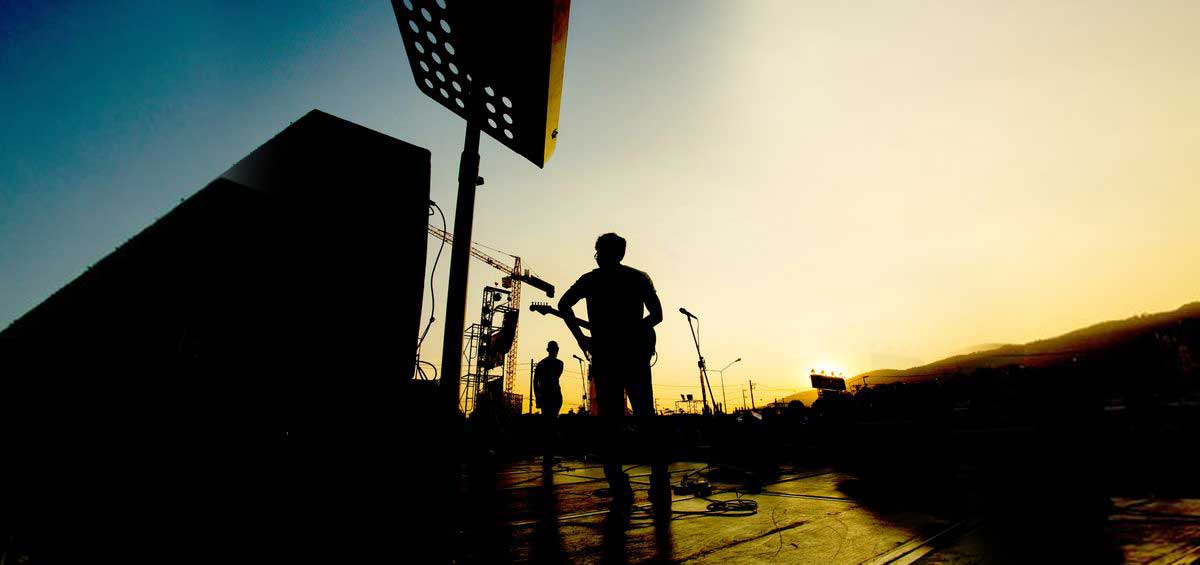 Questions to Consider Before You Buy Audio Equipment
Questions to Consider Before You Buy Audio Equipment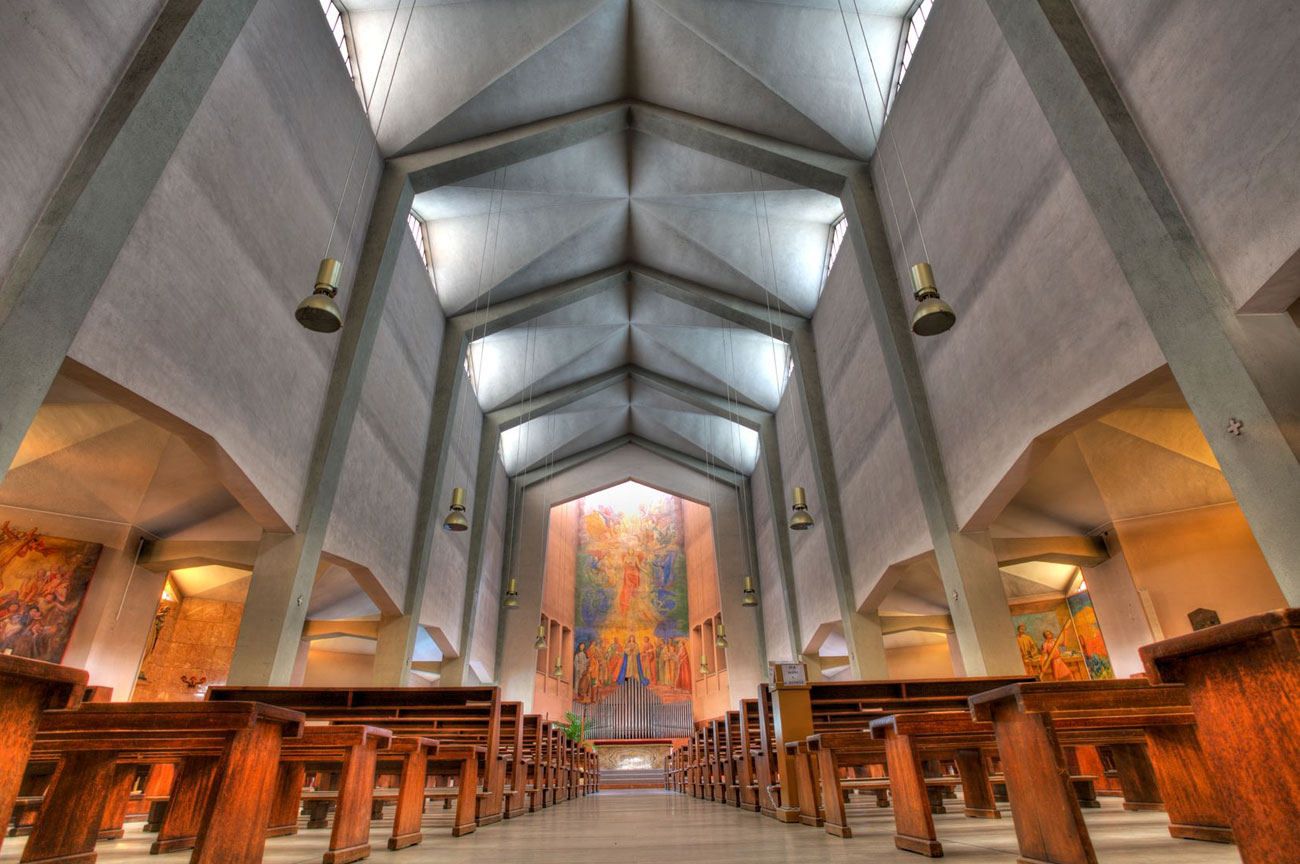

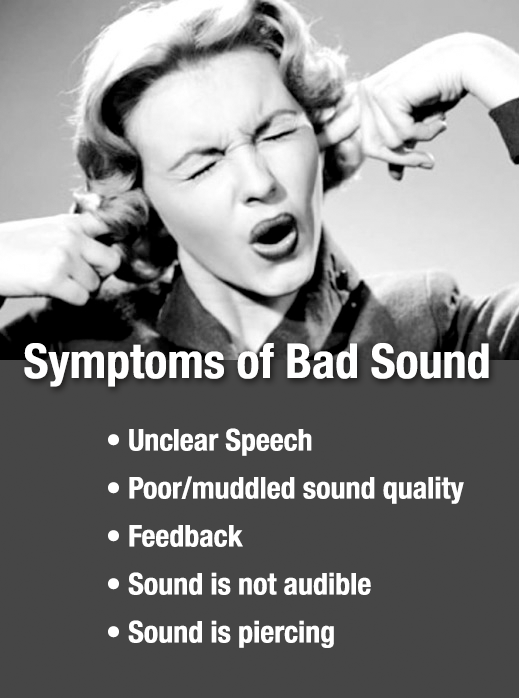
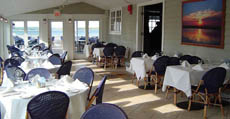 Although it is one of the premier dining and entertainment establishments in the upscale resort villages of the Hamptons, Dockers Waterside went without a fully-integrated professional sound system until only recently. The attractions that draw vacationers, weekenders, and residents to Dockers Waterside include regular live music, two outdoor “living rooms,” three bars, scores of tables that overlook the bay, and, of course, five-star cuisine. Taylor Sound of Holtsville, New York dramatically improved the sound system with a cost-effective and comprehensive Symetrix Zone Mix 761 fixed-architecture processor and the owner and management are enjoying convenient control from their smartphones via Symetrix ARC-WEB.
Although it is one of the premier dining and entertainment establishments in the upscale resort villages of the Hamptons, Dockers Waterside went without a fully-integrated professional sound system until only recently. The attractions that draw vacationers, weekenders, and residents to Dockers Waterside include regular live music, two outdoor “living rooms,” three bars, scores of tables that overlook the bay, and, of course, five-star cuisine. Taylor Sound of Holtsville, New York dramatically improved the sound system with a cost-effective and comprehensive Symetrix Zone Mix 761 fixed-architecture processor and the owner and management are enjoying convenient control from their smartphones via Symetrix ARC-WEB.
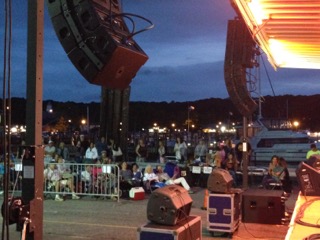 New York, NY – March 2016… In the City that Never Sleeps, concerts and other events are almost a daily occurrence. For concert sound providers, the busy summer season means rarely a dull moment. Long Island-based Taylor Productions is one company taking advantage of that thriving market, with the veteran sound, lighting, and staging company lending their multiple Renkus-Heinz rigs to a full roster of concerts, festivals, and other events.
New York, NY – March 2016… In the City that Never Sleeps, concerts and other events are almost a daily occurrence. For concert sound providers, the busy summer season means rarely a dull moment. Long Island-based Taylor Productions is one company taking advantage of that thriving market, with the veteran sound, lighting, and staging company lending their multiple Renkus-Heinz rigs to a full roster of concerts, festivals, and other events.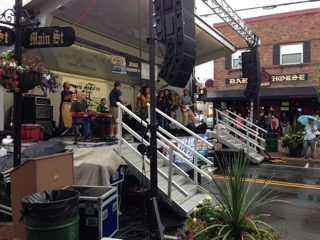 With several Renkus-Heinz systems to work with, Taylor Productions are able to mix and match cabinets to meet the demands of events both large and small. “We’ll pull out the PNX102 rig if the venue is large enough, because I just love the sound of that system,” Taylor offers. “Often for more mid-sized venues we’ll set up a nice CFX101 system – it’s plenty loud enough, and sounds wonderful. If we’re doing a smaller gig like an outdoor cocktail party or a jazz fest — something that requires great fidelity without a whole lot of sound pressure — our PNX82 rig is a perfect fit. I love the fact that you can rotate the horns if you want to. Having that kind of pattern control is essential for outdoor shows where you need to maintain control of sound levels in the neighborhood.”
With several Renkus-Heinz systems to work with, Taylor Productions are able to mix and match cabinets to meet the demands of events both large and small. “We’ll pull out the PNX102 rig if the venue is large enough, because I just love the sound of that system,” Taylor offers. “Often for more mid-sized venues we’ll set up a nice CFX101 system – it’s plenty loud enough, and sounds wonderful. If we’re doing a smaller gig like an outdoor cocktail party or a jazz fest — something that requires great fidelity without a whole lot of sound pressure — our PNX82 rig is a perfect fit. I love the fact that you can rotate the horns if you want to. Having that kind of pattern control is essential for outdoor shows where you need to maintain control of sound levels in the neighborhood.”